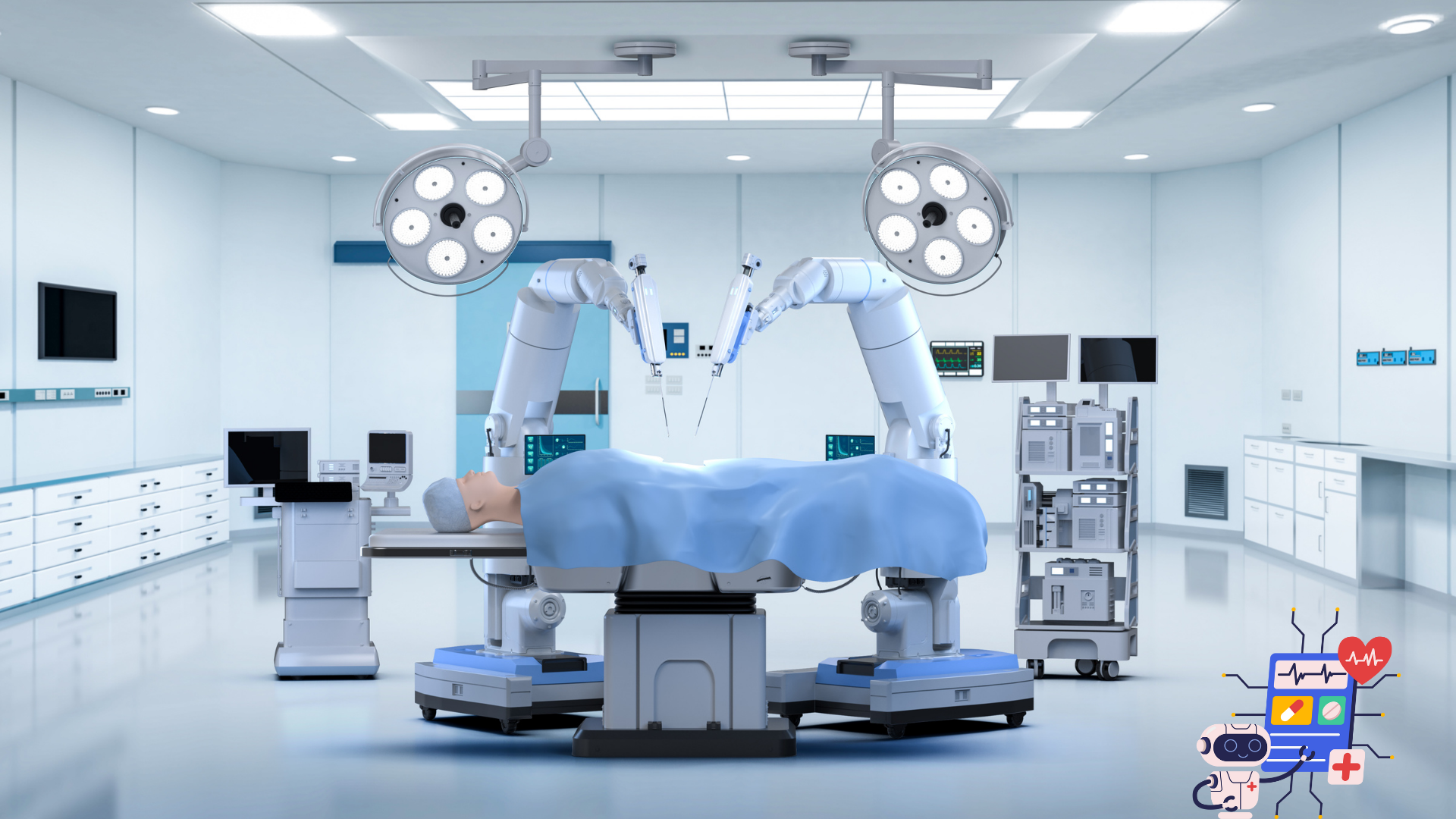Are you interested in the newest developments in medical technology? How are new trends transforming the landscape of medical product design and creation? The future of developing healthcare tools and equipment is constantly evolving, with exciting advancements promising better outcomes for patients and providers alike. In this article, we’ll explore emerging trends and technologies that are shaping the future of healthcare innovation.

The Role of Artificial Intelligence
Medical product development is being revolutionized by the rapid integration of Artificial Intelligence (AI). AI enhances the efficiency and accuracy of designing new tools and technologies, helping manufacturers develop more precise products. This not only shortens the time from concept to market but also improves the functionality of healthcare devices.
AI algorithms can predict potential issues in design early, preventing costly revisions later on. Additionally, AI-driven analytics provide insights into how patients use healthcare equipment, allowing for continuous improvements. The result is a future where healthcare tools are smarter, safer, and more tailored to patient needs.
3D Printing Revolutionizing Product Design
One of the most exciting trends in healthcare innovation is the use of 3D printing. This technology allows manufacturers to create highly customized equipment faster and more cost-effectively. With 3D printing, prototypes can be quickly produced, tested, and revised, making the development process much more agile.
- Faster Prototyping: 3D printing allows for the rapid production of prototype models, significantly reducing the time needed for initial testing. This speed enables developers to identify and address design flaws early in the process.
- Customization: 3D printing makes it possible to create personalized equipment that fits the specific needs of individual patients. This improves the comfort and functionality of devices, offering tailored solutions for better patient outcomes.
- Cost Efficiency: By minimizing material waste, 3D printing lowers the overall cost of manufacturing. Additionally, it reduces the expenses associated with traditional methods, such as mold-making and tooling.
The Shift Towards Wearable Technology
Wearable technology is another major trend in healthcare innovation. Devices that monitor vital signs or track fitness levels are becoming more sophisticated, offering real-time data to both patients and healthcare providers. This trend towards wearables isn’t just about fitness anymore—it’s about proactive healthcare management.
Wearable health monitors provide valuable data that can help in the early detection of illnesses. For instance, smartwatches can track heart rates and alert users to irregularities before they even notice symptoms. This trend is moving healthcare from reactive to preventative, enabling people to manage their health more effectively.
Read: Successful Wellness Program with Wearable Technology
Telemedicine and Remote Monitoring
- Convenience for Patients: Remote tools allow patients to receive care from the comfort of their homes, reducing the need for travel.
- Real-Time Data Collection: These technologies provide continuous monitoring, ensuring healthcare providers have up-to-date information on patient conditions.
- Enhanced Access to Care: Telemedicine expands access to healthcare, particularly for people living in rural areas or with mobility challenges.
Revolutionizing Patient Care with Robotics, AR, and VR
The integration of robotics, augmented reality, and virtual reality is transforming both surgical procedures and patient care. Robotic-assisted surgery enables precise movements that minimize incisions, reduce recovery times, and improve surgical accuracy, leading to better outcomes and fewer complications. Robotics also extends beyond the operating room, assisting with patient mobility and rehabilitation to provide support that was previously unachievable.
Meanwhile, AR and VR are opening new avenues for medical training and patient education. These technologies create immersive, simulated environments where healthcare professionals can practice complex procedures, enhancing skills and confidence. AR can also guide surgeons by overlaying real-time information during surgery, while VR helps patients understand conditions and treatment options through interactive 3D visualizations. Together, these advancements are making healthcare more efficient, tailored, and engaging for both providers and patients.
Key Steps in Medical Device Product Development
Bringing a medical device to market involves crucial steps to ensure effectiveness and compliance. First, Conceptualization identifies unmet needs, explores solutions, and includes market research to refine the product idea. In Design and Development, prototypes undergo testing and reviews to meet safety standards. Next, Regulatory Compliance addresses approval requirements, such as FDA submissions, to ensure the device’s safety and efficacy. Finally, Commercialization and Market Launch focus on scaling production, establishing distribution, and monitoring post-market performance for continued compliance and improvement.




